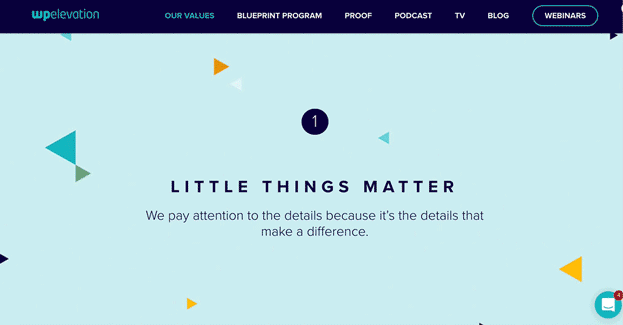Raise your hand if you noticed that we ditched our custom WordPress theme. Anyone? In all honesty, it was a pretty smooth move going from a custom theme to Elementor, so you may not have noticed much of a difference at all.
That said, the team here at WP Elevation certainly noticed the change.
In the following post, I want to give you some background on what happened and, more importantly, why it needed to happen. Whether you’re thinking about making a similar transition, or you simply want to more effectively pitch websites, maintenance care plans, and other services affected by the choice to use a custom design to clients, we’re hoping our story helps.
The Problem with a Custom WordPress Theme
As WP Elevation grows, and our team becomes busier with each passing month, we found the task of updating and maintaining our custom website to be tedious, time-consuming, and cost-ineffective. Just as we teach Elevators how to scale their businesses, we have goals to do the same internally. But the custom WordPress theme was standing in our way.
Specifically, this was the problem we ran into:

Day 1: Our Marketing Team Comes up with an Idea
Our marketing team comes up with brilliant concepts all the time. When we had the custom WordPress theme, however, they had to run each of those new ideas for the site by the design company we used.

Day 30: Designers Creates Something from the Concept
We believe in doing tasks that are within our wheelhouse, so we hired a design company to handle the custom design work for our site. However, because the design house didn’t work for us full-time, it generally took about two weeks just to get a bare bones concept back after the idea was pitched.
After an additional two more weeks of getting stuck in the feedback and implementation loop, we’d finally have a finalised custom design concept.

Day 45: Developers Implement the Change
Upon approval of the design, it was then passed along to our in-house development team. Although we had full control over updating the custom-made website, the problem was when we could do it.
This lengthy and unpredictable cycle of getting marketing ideas to the developers’ desks was throwing off everyone’s workflows. Since our developers already had full plates, it could realistically take a couple weeks for them to find room in their schedule to implement.
As producing higher quality content for the website became more expensive…
“We needed a way to get from concept to implementation much more quickly than six weeks.”
We’re not the only ones with this similar train of thought. WP Engine recently announced a move of their website over to Beaver Builder. The reason for the move? It was so their marketing department could get pages up more quickly since they wouldn’t have to go through the development team.
As you can imagine, this friction within web design and content management workflows can easily become quite frustrating, especially for websites that produce high volumes of content. While a custom WordPress theme had served us well for some time, it just wasn’t scalable. We knew that something needed to be done to fix it, and that’s when Elementor entered the picture.
WP Elevation Moves to Elementor
The tools we put in place for our business (and that includes our website) should never hamper progress.
That’s why, when we began to brainstorm ways to streamline the process from marketing concept to design to implementation, Elementor was one of the first solutions we considered.
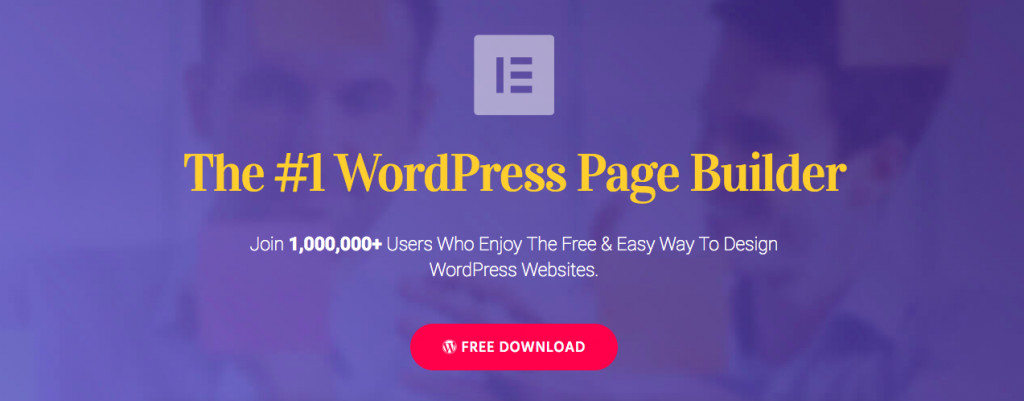
Why Was Elementor Such a Game Changer?
Upon making the decision to leave the custom WordPress theme behind, we knew we had to do much more than switch to Elementor. To really strengthen our workflow, we developed brand guidelines. This way, we could significantly decrease the turnaround time on any and all changes we wanted to make or new content we needed to add to the site.
Now, we are able to produce content like the Our Values page in no time at all.
While we still seek out input from our design company partner, it’s not as time-consuming of an endeavour. And development? Well, let’s just say that our developers no longer struggle to find time to implement new marketing concepts into the website.
In sum, the site is being driven by the marketing team now, which has helped us enact important initiatives more quickly for our business.
Even More Reasons to Use Elementor
There’s nothing wrong with designing a website with a custom theme, especially if your site is new and isn’t producing high volumes of content that require extensive design and development work. However, at some point you will want to scale business, which means looking at ways to cut down on the excess. For us, the custom theme was excessive.
If you’re reading this and now wondering if Elementor (or your preferred page builder of choice) would suit your site or your clients’ sites better, then check out these benefits:
Low Cost
Elementor is a much more affordable solution than a custom WordPress theme; maybe not upfront, but over the long run it surely is.
Faster Time to Implement
It greatly shortens the time it takes your concepts to become a reality on the live site. While you still have the checks-and-balances between marketing/design/development, there aren’t any major holdups created by the difficulty of updating a custom theme.
User-Friendliness
Frontend drag-and-drop builders have a very small learning curve.
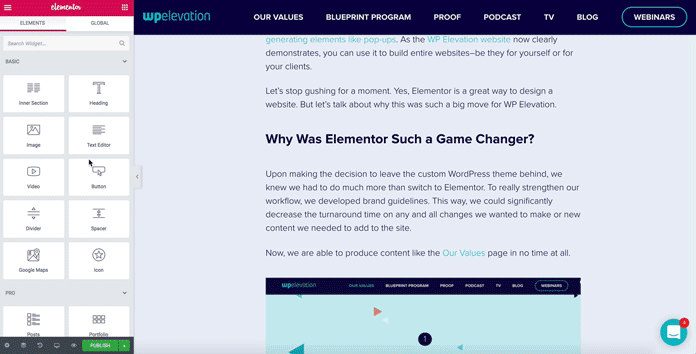
They are also a more universally user-friendly design solution than a custom theme, which is great if you want to empower clients to maintain their content in the future.
Versatility
You'll have 100% control over your design with Elementor. And you’re not stuck with the designs a developer has chosen for you, as is the case with a pre-made WordPress theme. You can still build sites the way you want to.
Powerful Integrations and Upgrades
Due to the fact that Elementor is such a popular page builder solution, developers have created a number of plugins to hook into the platform.
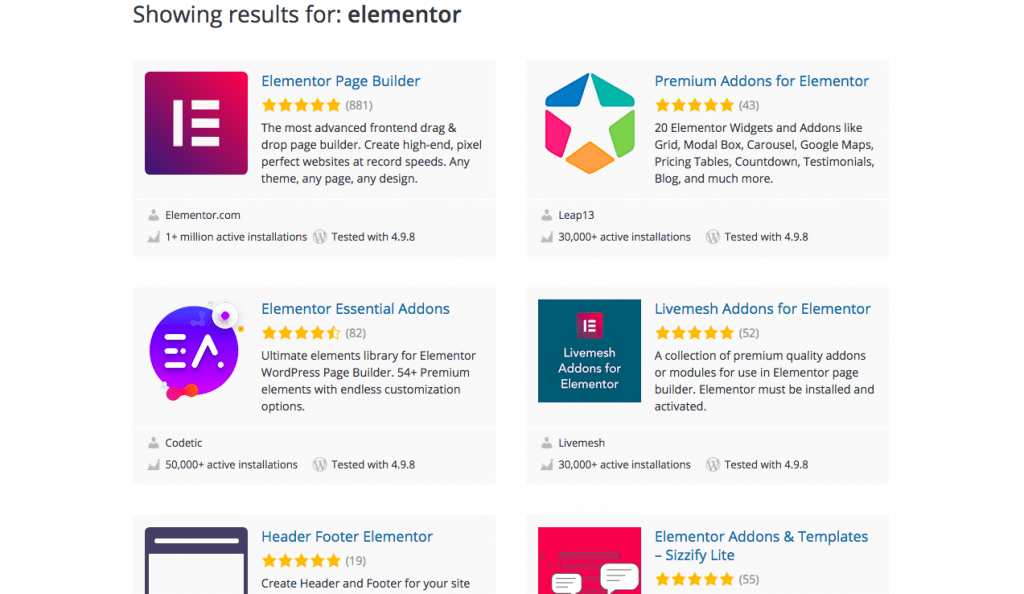
Elementor is already a powerful tool for designing websites, but these plugins take it to new heights.
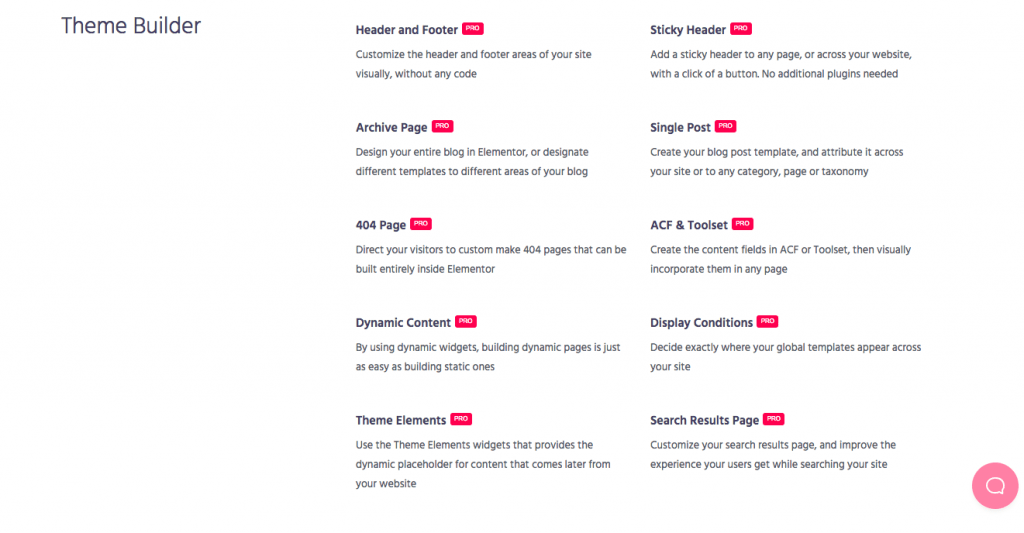
Greater Efficiency
In general, Elementor is a great idea if you want to more efficiently build websites. That said, with Elementor’s templating features, you can streamline workflows even further.
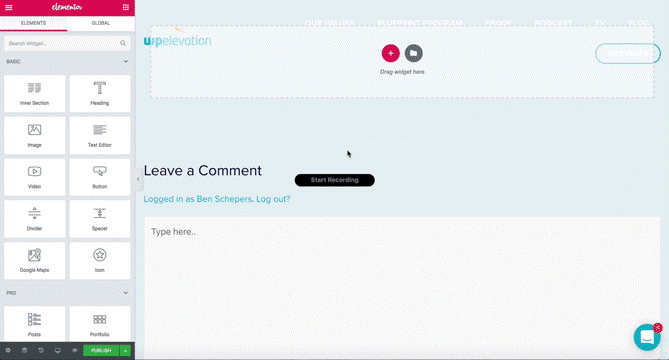
Inherently Responsive
When you custom-design a website, you’re responsible for everything, including ensuring that your design is fully responsive. With Elementor’s grid-style of development, responsive designs are no longer something to stress over.
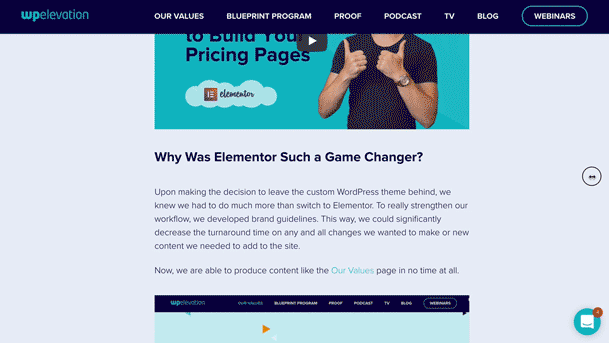
Though, if you do still feel nervous, you can switch on the Elementor device module to test your design on any device as you work.
Developer Updates
High Quality UX
Aside from the amount of control we have over what can be changed in an Elementor theme, there isn’t much difference between what our visitors experience on the frontend of the site now and what they did with the custom theme.
Great for Scalability
The ability to scale is something everyone wants for their business. However, when progress towards that goal is hampered by something as seemingly insignificant as your WordPress theme, it seems kind of odd not to do anything about it. Especially with such a well-known tool like Elementor that produces amazing results, but with much less effort or time invested in it.
At the end of the day, Elementor might not be something we used to alter the frontend user experience significantly, but the steps we took to move WP Elevation away from a custom WordPress theme have ultimately helped us serve our community better.
Making the Argument for Elementor with Clients
CHANGING OVER
Explain to your clients the benefits of using Elementor and demonstrate how similar the results are between the custom and themed options and their choice will be an easy one.
- If your clients aren’t capable of creating content.
- If you’re not able to efficiently maintain your WordPress care website.
- If it takes weeks to implement a simple change that needed to happen yesterday.
- If a decision to rebrand with a new custom design results in huge costs for the client.

It might seem like a smart investment to have a design that’s wholly unique and gives you the power to add functionalities that don’t otherwise exist in a WordPress theme. But that’s the beauty of Elementor. You’re not relegated to a theme’s settings and constraints. You can still build custom designs and functionality, and turn them into templated content for future use.
Another argument one might make is this: are we compromising the quality of work in exchange for ease of use and scalability? While that might be true of some page builders and themes that limit what you do, we don’t believe that to be true of Elementor. The WP Elevation website isn’t a far cry from the custom-built one we had before.
We have big goals for WP Elevation and we want to ensure we’ve laid the groundwork to do that as quickly, efficiently, and correctly as possible. With a website built with Elementor, we can now check that off our list.

